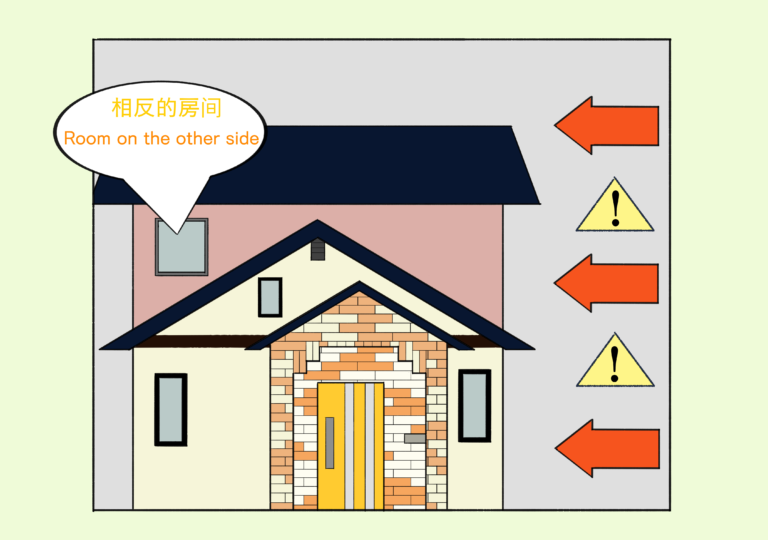

The maximum instantaneous wind speed is often used to measure the strength of a windstorm. When the maximum instantaneous wind speed reaches 60m/s [i.e. 216 k/h or 135 mph], buildings collapse and power outages are very likely to occur.
When the maximum instantaneous wind speed reaches 40m/s, billboards fly away, moving trucks may fall sideways, flying objects break glass, and power outages are very likely to occur.
When the maximum instantaneous wind speed reaches 35m/s, roof tiles are blown off, utility poles collapse, buildings are damaged, etc.
When the maximum instantaneous wind speed reaches 25m/s, the wind outside the house is noisy, it is difficult to sleep, and there is a possibility of power outage.
When very strong windstorm occur, cars are blown over, trees branches snap or trees are uprooted and houses are destroyed.

